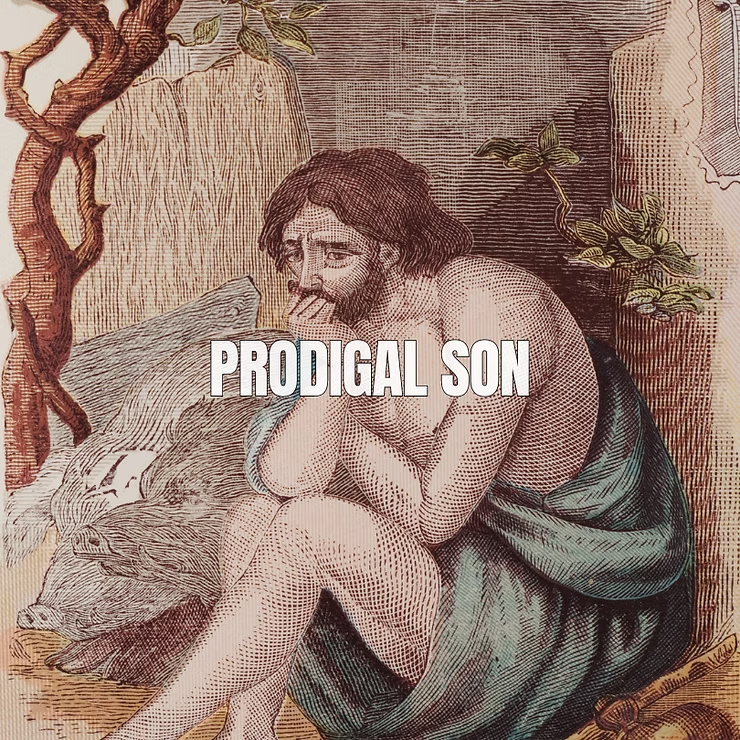The Prodigal Son: A Timeless Tale of Redemption
This profound parable reveals God’s boundless mercy through a father’s dramatic welcome of his repentant son, challenging our understanding of forgiveness and grace.
Core Elements of the Story
- Younger son demands inheritance early
- Squanders wealth in reckless living
- Hits rock bottom feeding pigs
- Humbles himself and returns home
- Father’s unexpected lavish welcome
- Older brother’s resentful reaction
Key Characters and Their Significance
The Prodigal Son
Represents:
- Human rebellion against God
- The process of repentance
- Our capacity for poor choices
- The humility required for restoration
The Father
Embodies:
- God’s unconditional love
- Divine forgiveness without limits
- Active pursuit of the lost
- Joy at repentance
The Older Brother
Illustrates:
- Self-righteous attitude
- Resentment of grace shown to others
- Misunderstanding of relationship vs. performance
Transformative Lessons
About God’s Nature
- Mercy triumphs over judgment
- Forgiveness precedes repentance
- God runs toward returning sinners
About Human Nature
- We naturally rebel and wander
- True repentance involves humility
- We struggle to celebrate others’ redemption
Cultural Impact Through History
In Visual Arts
Famous depictions by:
- Rembrandt (The Return of the Prodigal Son)
- Salvador Dali (The Prodigal Son)
- Modern artists across cultures
In Literature and Music
Influenced works like:
- Shakespeare’s “Henry IV”
- Tolstoy’s short stories
- Contemporary Christian music
Modern Applications
Relevant to:
- Family reconciliation
- Addiction recovery programs
- Church forgiveness ministries
- Personal spiritual renewal

